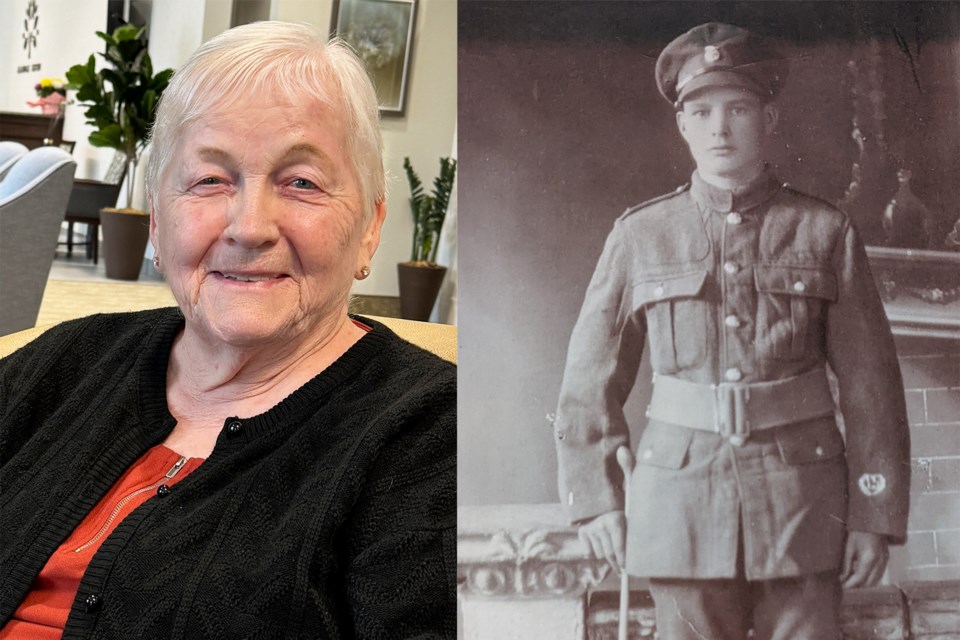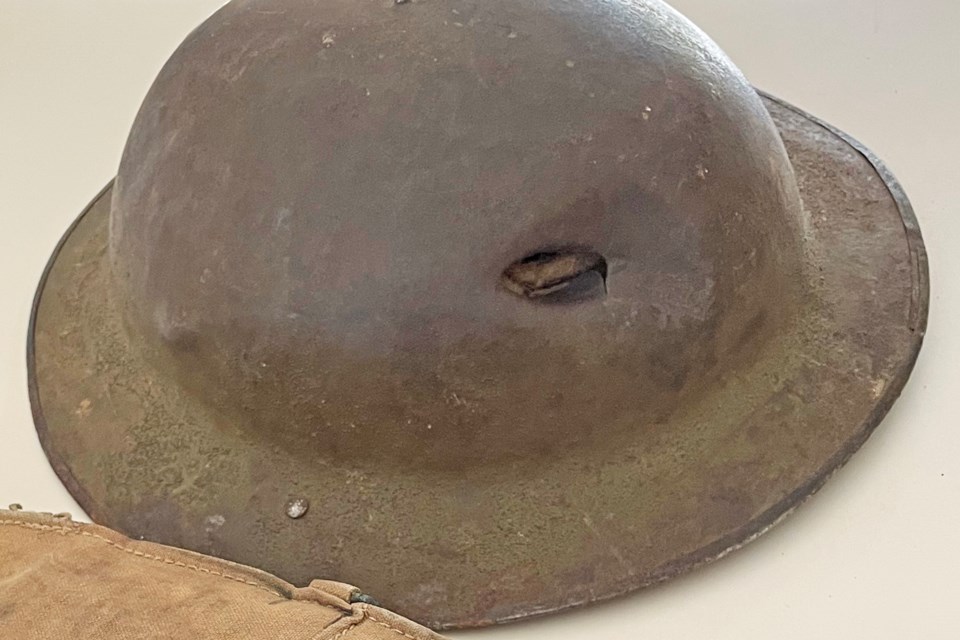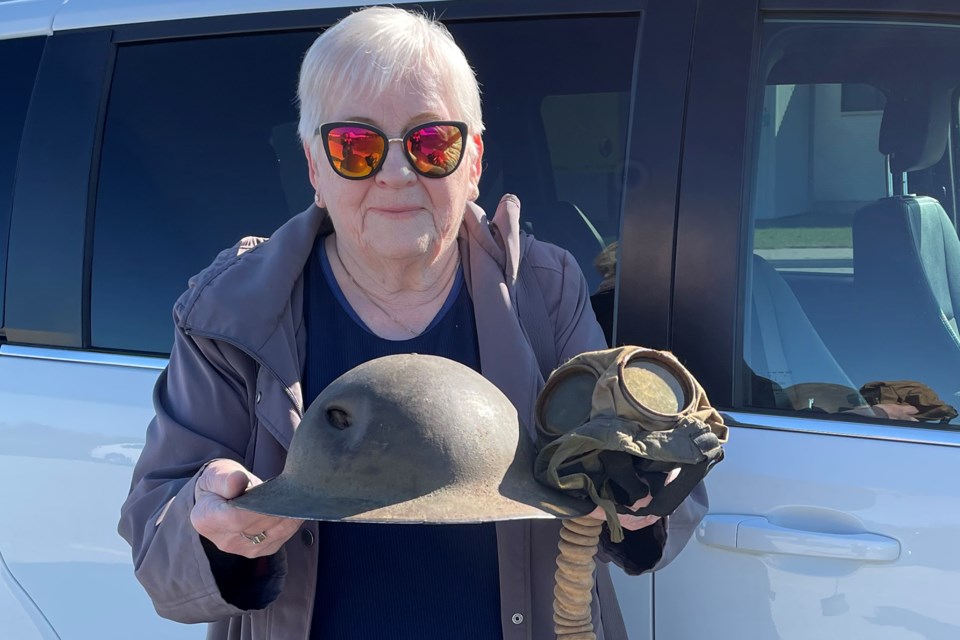A Barrie resident has donated a First World War family heirloom with a significant history attached to it — one which clearly illustrates the horrors of a defining moment in the history of Canada as a young and independent nation more than a century ago.
The battle of Vimy Ridge in France happened over just four hellish days in April 1917.
The main combatants were the four divisions of the Canadian Corps in the First Army against three divisions of the German 6th Army.

The battle occurred from April 9 to 12 as the first assault of the Nivelle Offensive.
The objective was to draw German reserve forces away from the French army, preparing for a larger crucial offensive along the Aisne and the Chemin des Dames ridge several days later.
“The battle began at 5:30 a.m. on Easter Monday, April 9, 1917. The first wave of nearly 20,000 Canadian soldiers, many heavily laden with equipment, attacked through the wind-driven snow and sleet into the face of deadly machine gun fire,” says a federal government website dedicated to the famous battle’s history.
During a lull in the heavy fighting, a young man named George Hudell, a native of Fort Qu’Appelle, Sask., climbed up to the edge of the trench where he was sheltering to have a look at the battlefield.
“It was quiet, so he just raised his head and a bullet went into the helmet and deflected (away)," Erica Hudell, 83, who is George’s daughter-in-law, told BarrieToday.
George made it through that harrowing encounter, surviving the overall battle and the war itself.
Sadly, he did not escape the horrors completely unscathed; he suffered from the effects of mustard gas warfare while in the trenches on France.
“It bothered his lungs, so he couldn’t work," Erica said. “He could (only) take part-time jobs. It was hard on them.”
She said her father-in-law didn’t talk much, “but he was always smiling. He didn’t talk about his war experience at all.”
Decades after the war, her husband Art, George’s son, was given the battle-scarred helmet, along with his father's gas mask and military enlistment documents, by his brother, Fred.
Erica said he was proud of his dad and he understood how he suffered after the war, due to the effects of the gas.
“I can’t believe they did things like that," she said. "It’s hard to believe they did that to another human being.”
She still can’t quite believe what the young Canadian soldiers endured in the First World War, struggling to survive in the muddy trenches.
“I’m sure a lot of people in this day and age just couldn’t do it,” Erica said. “They did it because it had to be done. It took a lot of courage, I’ll tell ya. He was born in England, so he wanted to help.”

Erica and her husband had lived together at Chartwell Allandale Station Retirement Residence on Yonge Street in Barrie for just over five years until his death in January. Prior to that, they lived in Innisfil for many years. She is currently packing up and moving out west where her daughter lives.
Military service runs in their family, as her daughter, Sheila Craig, was an air navigator for almost 10 years and worked on navy ships with the Sea King helicopters.
“She started a family and did not want to continue with it anymore because she wanted to raise her family," Erica said.
Craig has since settled on Vancouver Island, where her mother will be joining her.
While packing for her move, Erica went down to the storage area to have a look at what was left there.
“And, oh my goodness, I found the helmet and the gas mask," she said. “We were going to be taking them up to Ottawa to the war museum, but you know, life got in the way and I had forgotten about them being downstairs in our locker room here."
Erica spoke to the activity manager at the Chartwell residence for any ideas.
“She said she was going to call over to the (Base Borden) museum and make an appointment, which was really nice of her to go to that effort,” Erica added.
Now, 107 years later, that same bullet-damaged First World War helmet has just completed what is likely its final journey to the museum near Angus.
“Oh, they were really pleased,” Erica beamed. “We have pictures of him in his uniform, which we sent, and they are going to put them with them.
"It has to be preserved for the future generations, especially when they have a story and a name attached to them."



